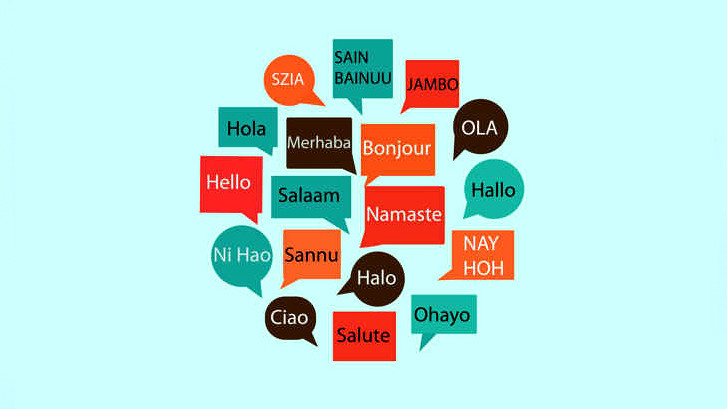Choosing The Right Interpreter
Choosing the Right Interpreter
Localization doesn’t always end with translation. Sometimes, you require some real-time communication, which creates the need for an interpreter. But, how do you know if the interpreter you’re choosing is worth the money you’re going to spend on them?
Well, we have a few tips to help you out.
Consider Their Qualifications
A Language Services Provider can be “judged” based on how good or bad its linguists are. The same principle applies to interpreters. So, you need to look for someone with a perfect grasp of the language. Also, they need to be aware of and in agreement with the interpretation of the code of ethics.
Another factor to focus on is the interpreter’s area of expertise. There are interprets who specialize in various fields such as health care, medicine, and law, etc. if you need someone who can specifically speak for your industry, then an interpreter who’s worked in your area before would be a good option. In other words, it is better to choose a subject matter expert.
Also, make sure your interpreter also possesses the necessary “soft skills,” such as the ability to listen and adhere to cultural expectations.
Reputation
Reputation, at least as far as professions go, can give you a good idea of how good or bad someone is at their job. An interpreter or interpreting service that has a good reputation is obviously doing something right.
In order to check for reputation, you can request your chosen interpreter to provide a reference. You can try asking these references about the interpreter’s work and whether or not they were satisfied.
Do They Use Technology?
Technological solutions aimed at the translation and interpretation industry have developed significantly in the last few years. For instance, we have VRI or Video Remote Interpreting, which is a technology aimed specifically at interpreters.
The technology overcomes the challenges that plague in-person interpretations. For instance, the interpreter isn’t always required to be present at a particular location to help out. With VRI, interpreters can help translate at any time and from anywhere.
Other than that, you also have over-the-phone options.
The key goal is to look for an interpreter or interpretation service that offers all three options – VRI, over-the-phone, and in-person interpretation. That way, you can opt for any of the three or even all three based on your need.
Choosing an interpreter is no different from choosing a translator. The rules are still the same. You need someone with expertise, knowledge, and technological know-how to help you out. So, make sure your chosen interpreter ticks all those boxes.












